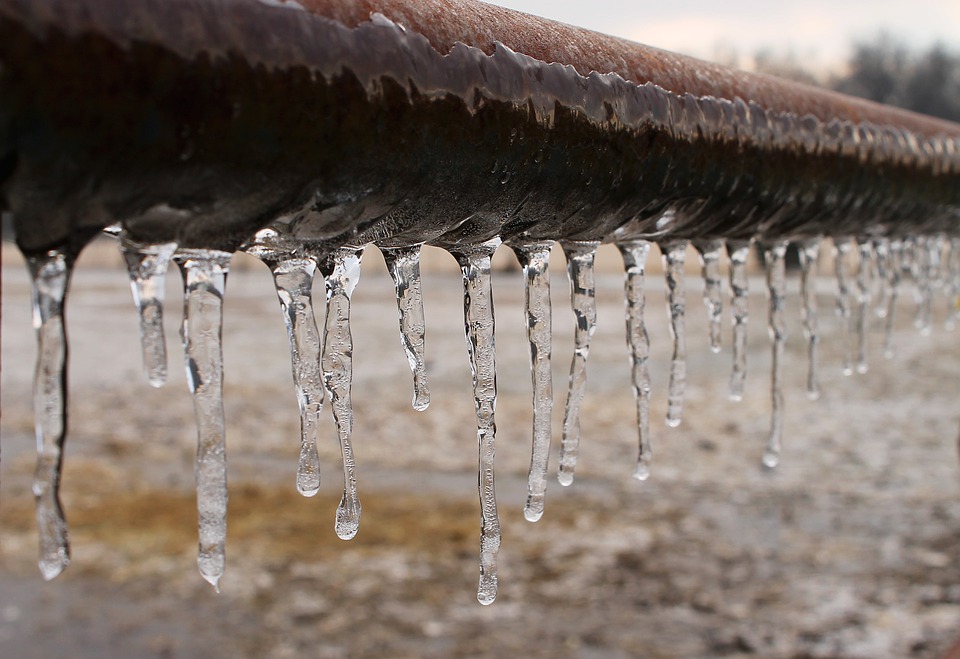Everyone seems to have their unique conception about 6 Ways to Prevent Frozen Pipes.

Cold weather can ruin your pipes, particularly by freezing pipelines. Here's just how to prevent it from happening and what to do if it does.
Intro
As temperature levels decrease, the risk of icy pipes rises, possibly bring about pricey repairs and water damages. Understanding just how to stop frozen pipes is essential for home owners in cold environments.
Understanding Frozen Pipes
What triggers pipes to ice up?
Pipes freeze when exposed to temperature levels listed below 32 ° F (0 ° C) for extended durations. As water inside the pipes freezes, it broadens, putting pressure on the pipeline walls and potentially causing them to break.
Threats and problems
Icy pipelines can result in water disruptions, residential or commercial property damages, and pricey repair work. Burst pipelines can flooding homes and trigger substantial architectural damage.
Indicators of Frozen Water Lines
Identifying icy pipelines early can prevent them from bursting.
How to identify frozen pipes
Seek decreased water flow from faucets, unusual smells or noises from pipes, and noticeable frost on exposed pipelines.
Avoidance Tips
Insulating prone pipelines
Wrap pipelines in insulation sleeves or use heat tape to protect them from freezing temperatures. Focus on pipes in unheated or exterior locations of the home.
Home heating strategies
Maintain indoor spaces adequately heated up, particularly locations with pipes. Open up cabinet doors to allow cozy air to circulate around pipes under sinks.
Safeguarding Outside Plumbing
Garden hose pipes and outside taps
Detach and drain pipes yard hose pipes prior to wintertime. Install frost-proof spigots or cover exterior faucets with insulated caps.
What to Do If Your Pipes Freeze
Immediate activities to take
If you think icy pipes, keep faucets open up to relieve stress as the ice thaws. Make use of a hairdryer or towels taken in warm water to thaw pipes gradually.
Long-Term Solutions
Architectural modifications
Take into consideration rerouting pipes away from exterior walls or unheated locations. Include extra insulation to attics, basements, and crawl spaces.
Updating insulation
Purchase premium insulation for pipelines, attics, and wall surfaces. Proper insulation helps keep constant temperatures and decreases the threat of icy pipes.
Conclusion
Protecting against frozen pipes requires positive measures and quick feedbacks. By comprehending the causes, signs, and safety nets, property owners can safeguard their plumbing during cold weather.
5 Ways to Prevent Frozen Pipes
Drain Outdoor Faucets and Disconnect Hoses
First, close the shut-off valve that controls the flow of water in the pipe to your outdoor faucet. Then, head outside to disconnect and drain your hose and open the outdoor faucet to allow the water to completely drain out of the line. Turn off the faucet when done. Finally, head back to the shut-off valve and drain the remaining water inside the pipe into a bucket or container. Additionally, if you have a home irrigation system, you should consider hiring an expert to clear the system of water each year.
Insulate Pipes
One of the best and most cost-effective methods for preventing frozen water pipes is to wrap your pipes with insulation. This is especially important for areas in your home that aren’t exposed to heat, such as an attic. We suggest using foam sleeves, which can typically be found at your local hardware store.
Keep Heat Running at 65
Your pipes are located inside your walls, and the temperature there is much colder than the rest of the house. To prevent your pipes from freezing, The Insurance Information Institute suggests that you keep your home heated to at least 65 degrees, even when traveling. You may want to invest in smart devices that can keep an eye on the temperature in your home while you’re away.
Leave Water Dripping
Moving water — even a small trickle — can prevent ice from forming inside your pipes. When freezing temps are imminent, start a drip of water from all faucets that serve exposed pipes. Leaving a few faucets running will also help relieve pressure inside the pipes and help prevent a rupture if the water inside freezes.
Open Cupboard Doors
Warm your kitchen and bathroom pipes by opening cupboards and vanities. You should also leave your interior doors ajar to help warm air circulate evenly throughout your home.

We hope you enjoyed reading our piece on Prevent Frozen Pipes . Thank you so much for taking time to read through our article. Sharing is caring. You never know, you could be doing someone a favor. We thank you for your readership.
Get Your Estimate Now
Comments on “Tips to Protect Pipes from Cold Weather Damage: Important Guidance”